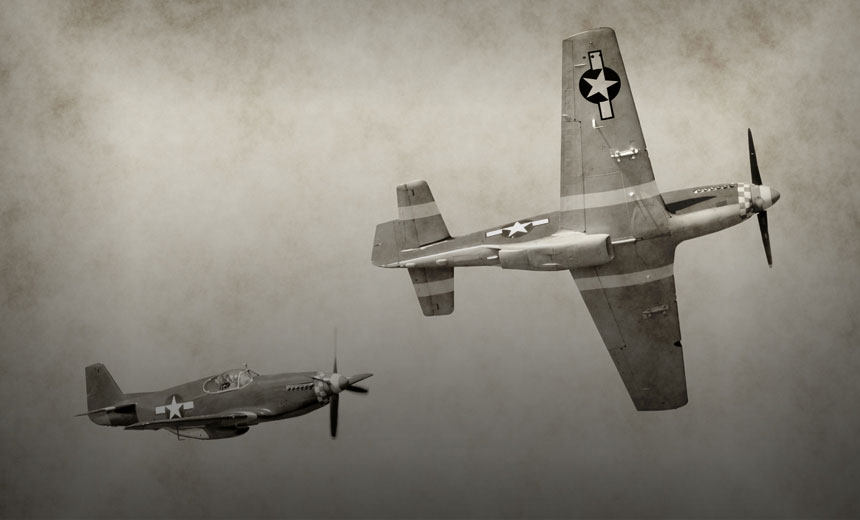"*" indicates required fields
29/08/2017

During the Second World War, Sir Harold Ridley made an important discovery while operating on wounded pilots at St Thomas’ Hospital in London. He noticed that when the acrylic plastic splinters from aircraft canopies lodged in the eyes of wounded pilots, they didn’t cause rejection as he expected.
This led to Ridley to experiment with the use of artificial lenses in the eye to correct the vision of cataract sufferers.
In 1949, he commissioned the manufacturer of the Perspex acrylic plastic material, ICI, to produce the first intraocular lens. One year later, in 1950, he implanted the first permanent artificial lens in an eye. From there, he committed himself to a comprehensive development program that eventually won worldwide acceptance, receiving FDA approval in the USA in 1981.
The brilliant early work by Sir Harold Ridley has since gone on to improve the lives of millions of people. Today, cataract surgery using intraocular lenses is one of the most common forms of surgery in the world.
The information on this page is general in nature. All medical and surgical procedures have potential benefits and risks. Consult your ophthalmologist for specific medical advice.
Date last reviewed: 2022-10-05 | Date for next review: 2024-10-05